Deck & Commander Strategies

Prosper, Tome-Bound
Leverages exiling cards from graveyards and other zones to cast spells from exile, generating treasure, food, and clue tokens to gain card advantage and ramp. Aims to outvalue opponents through repeated token generation and resource recursion.
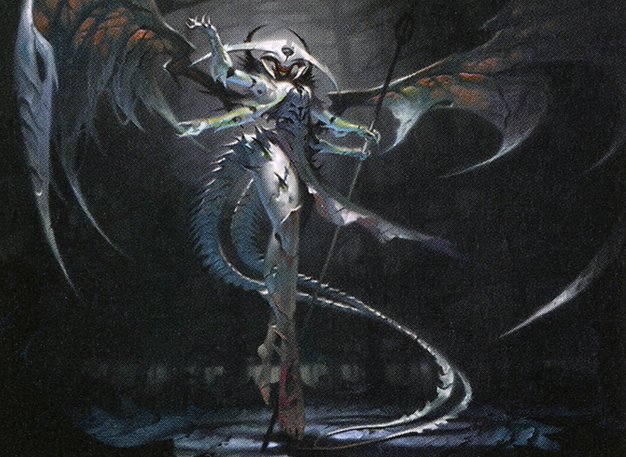
Atraxa, Praetors' Voice
Focuses on +1/+1 counter synergies and proliferate to grow creatures and permanents, maintaining a resilient board state with defensive tools and incremental value from counters.
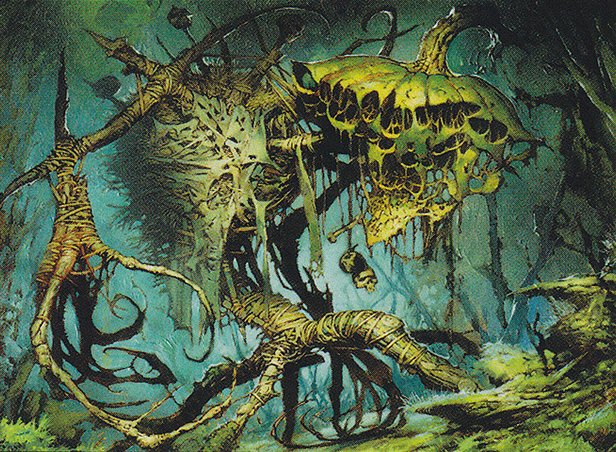
Reaper King
Scarecrow tribal deck that sacrifices and recurs creatures to control the board and generate incremental advantage, using its ability to destroy opponents’ permanents and rebuild threats.

Grolnok, the Omnivore
Aggressive frog tribal deck that uses combat damage to exile cards into the croak zone, fueling card draw and ramp. Combines creature synergies with efficient removal and token generation to maintain pressure.
Gameplay Insights
- 1
Prosper’s ability to cast cards from exile combined with Academy Manufactor’s token replacement created exponential value through treasure, clue, and food tokens.
- 2
Atraxa’s use of Oran-Rief and Winding Constrictor to maximize +1/+1 counters combined with Azolith to preserve counters through removal was key to maintaining board presence.
- 3
Grolnok’s combat damage strategy to exile a large number of cards into the croak zone quickly fueled card advantage and ramp, pressuring opponents early.
- 4
Kovacs used Walking Ballista synergized with Winding Constrictor and Together Forever to repeatedly remove key threats, disrupting Prosper’s board and swinging the momentum.
- 5
Triumph of the Hordes granted infect to Kovacs’s creatures, leveraging the large board state to potentially close out the game through poison counters.
- 6
Maskwood Nexus was used to turn all creatures into frogs, enhancing tribal synergies in Grolnok’s deck but was later destroyed to reduce that advantage.
- 7
Dress Down was played to strip creatures of their abilities, hindering Prosper’s and other decks’ strategies relying on triggered and activated abilities.
Notable Cards
-
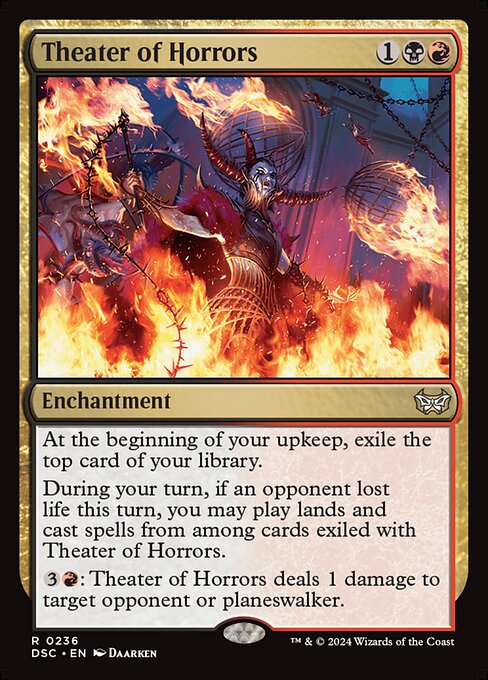
Theater of Horrors
-

Academy Manufactor
-
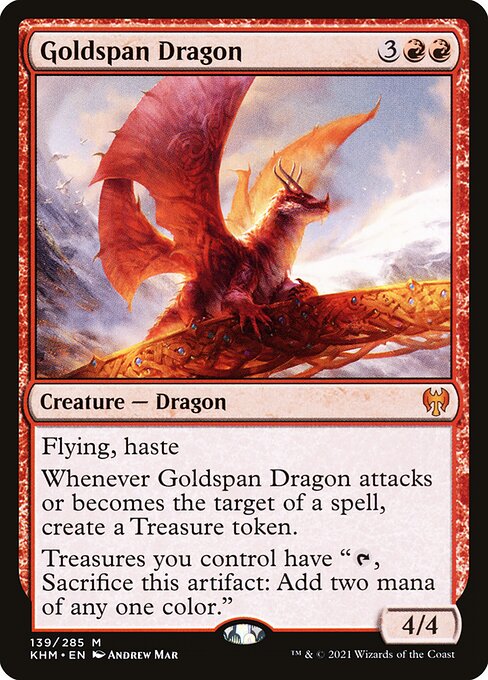
Goldspan Dragon
-
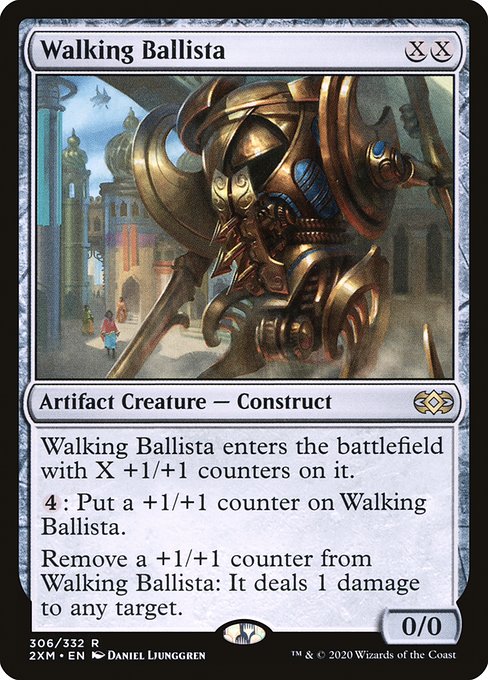
Walking Ballista
-
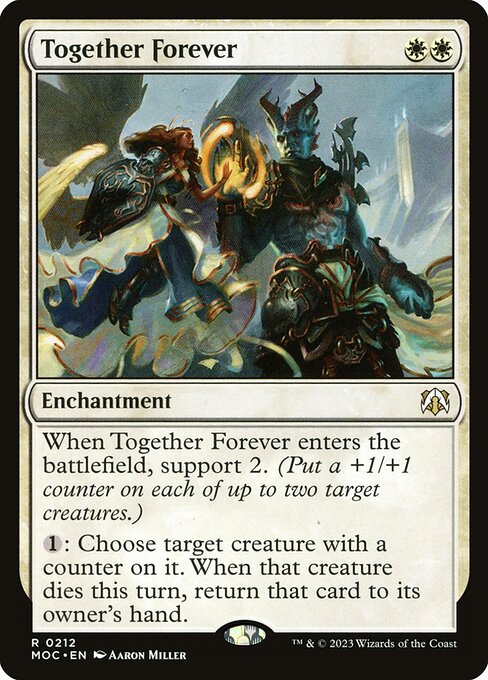
Together Forever
-
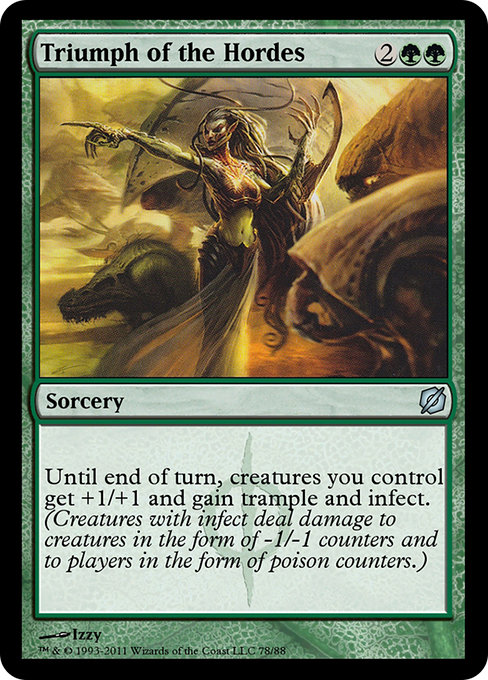
Triumph of the Hordes
-
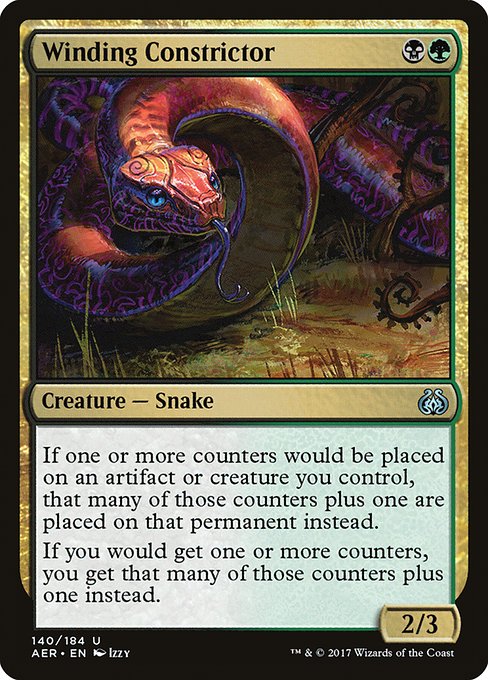
Winding Constrictor
-
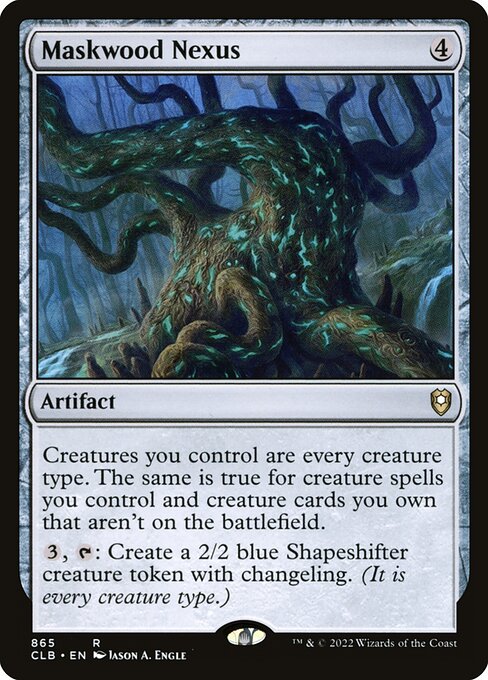
Maskwood Nexus
-
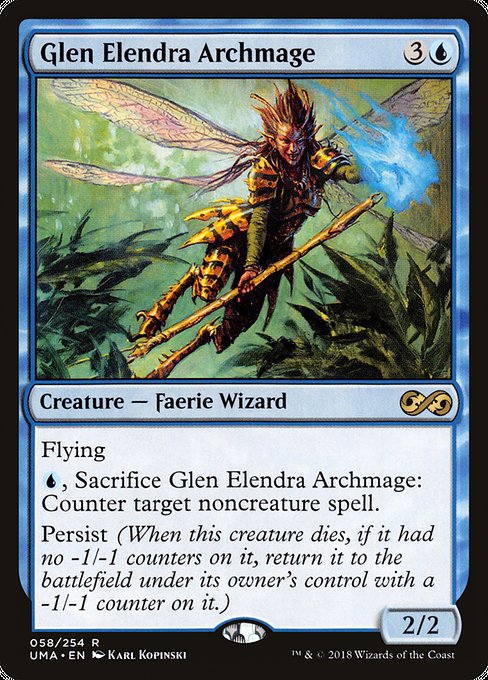
Glen Elendra Archmage
-
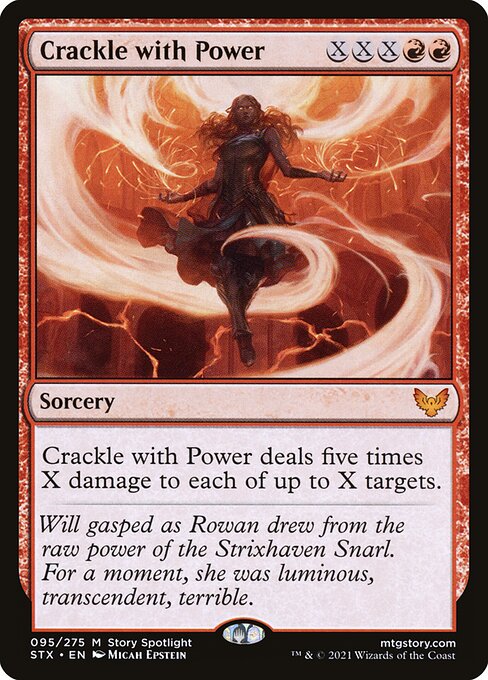
Crackle with Power
-
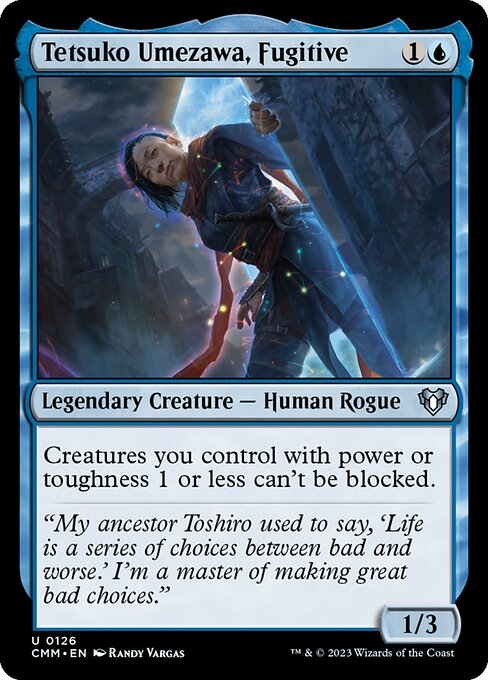
Tetsuko Umezawa, Fugitive
Gameplay Summary
The game began with players establishing their mana bases and early ramp, with Prosper, Tome-Bound focusing on exile synergies and generating treasure tokens to fuel card advantage.
Atraxa, Praetors' Voice built a board state around proliferating +1/+1 counters to grow creatures and maintain board presence.
Reaper King played a scarecrow tribal deck with a focus on sacrificing and recurring creatures, while Grolnok, the Omnivore ramped aggressively using frog tribal synergies and card draw through his croak zone mechanic. Early aggression came from Grolnok, who repeatedly attacked to exile cards into his croak zone, fueling his deck’s power.
Prosper capitalized on exiling lands and spells to create multiple token types, including treasures, clues, and foods, which generated significant value and mana acceleration.
Atraxa proliferated counters to grow her board and protect her creatures with defensive tools like Azolith.
Reaper King attempted to rebuild after being temporarily removed, but was slowed down by artifact and enchantment removal.
The game featured key interactions such as Prosper casting cards from exile using his ability, Atraxa proliferating counters, and Grolnok maintaining pressure through combat and board presence.
A pivotal moment occurred when Kovacs used Walking Ballista with synergy from Winding Constrictor and support from Together Forever to remove Prosper’s key creatures and disrupt his strategy.
Kovacs then cast Triumph of the Hordes, granting infect to his creatures, setting up a lethal threat.
The game showcased a dynamic interplay of exile-based resource generation, counter proliferation, tribal synergies, and combat damage leading to an infect-based win attempt.































![Commander Vs S2E8: Savra vs Mayael vs Reaper King vs Trostani [MtG: Multiplayer] thumbnail](https://i.ytimg.com/vi/PmxKvs6zQYE/sddefault.jpg)




![Herumkommandiert #05 | Halloween Commander EDH Gameplay [Deutsch] thumbnail](https://i.ytimg.com/vi/TYi-yLuHxeU/sddefault.jpg)


![Commander VS Special: Kresh vs Xantcha vs Rhys vs Atraxa [EDH] thumbnail](https://i.ytimg.com/vi/3F2CvGLBGvw/sddefault.jpg)